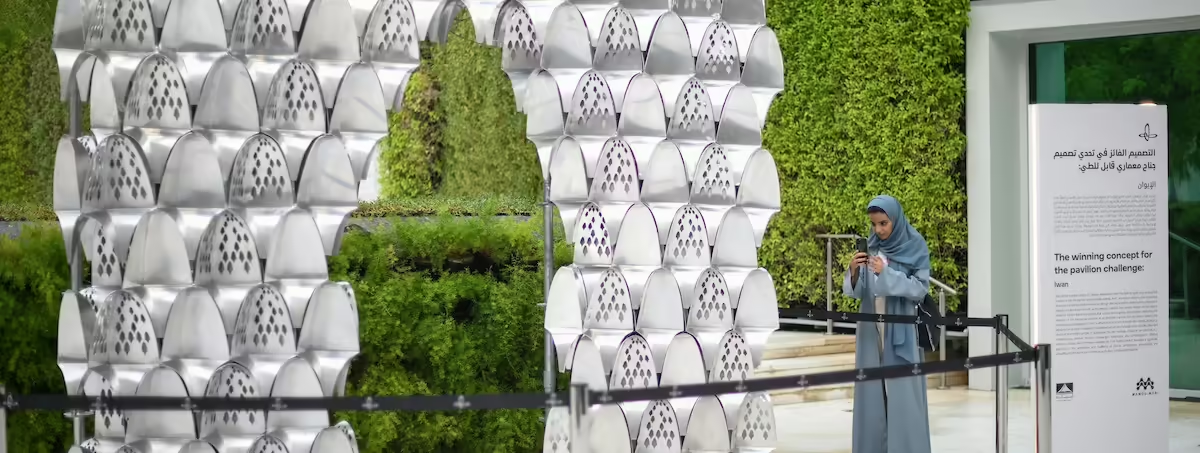Frank Gehry’s work, while unconventional, is considered one – if not the most – recognisable architect of our time. As a child, Gehry occupied much of his time experimenting with different materials in his grandfather’s hardware store, with his grandmother consistently encouraging his artistic leanings. He then spent his formative years putting himself through architecture school while driving a truck around Los Angeles.
Gehry credits his time in the store with his professional use of materials as diverse as corrugated steel, plywood and Perspex, along with the usual composition of shapes and forms, to the imaginative construction of homes and cities that he was encouraged to imagine and build. Initially, after time in Boston, Paris, and then back in Los Angeles, Gehry’s early work in the 1980s, consisted mostly of commissions in Southern California.


Left, Foundation Louis Vuitton, which Gehry designed as a “magnificent vessel symbolising the cultural calling of France”. Right, Louis Vuitton store in Seoul, featuring similar fluid forms.
By the end of the decade, he had received the prestigious Pritzker Architecture Prize. In awarding it, the jury stated that he was “Always open to experimentation […] His buildings are juxtaposed collages of spaces and materials that make users appreciative of both the theatre and the backstage, simultaneously revealed.”
Gehry described his process as “Liquid architecture. It’s like jazz – you improvise, you work together, you play off each other, you make something, they make something […] – for me, it’s a way of trying to understand the city, and what might happen in it.”
In the time since, Gehry’s buildings have become celebrities in their own right, from the Guggenheim in Bilbao to the Disney Concert Hall in Los Angeles. He has also arguably become the architect and designer of choice for LVMH, with two outstanding buildings: one, the Fondation Louis Vuitton in Paris – a building composed of his signature buttressed shapes of billowing glass sails – and their store in Seoul; along with a collection of handbags.


The Tambour boasts one of the most technically complex dial designs La Fabrique du Temps Louis Vuitton has ever created. More than 250 hours of work were required for the manufacturing of each dial.
The Louis Vuitton Tambour is Frank Gehry’s first foray into the horological world. Two years in the making, Gehry’s design marries the transparency and fluidity of sapphire crystal to the constant motion of the flying tourbillon. While moving from the dimensions of architecture to the miniaturised realm of watches is a stretch, the result exalts the same imaginative form and volumes as his acclaimed buildings.
To capture Gehry’s ethereal, transparent vision, the case, dial, crown, lugs and hands of this Tambour are crafted from a single 200-kilo block of sapphire crystal. Machining this material requires a whole realm of expertise as each component has to be cut using diamond tools and then polished in a vat of viscous mud and sand to render its transparency. Like other Tambour models, the brand name is etched into the middle of the sapphire case, with the crown featuring the interlocking LV monogram.
The uniqueness of this watch lies in the Gehry signature shaped ridges on the dial side. This required artisans at La Fabrique du Temps – using handheld surgical tools – to painstakingly shade the area with diamond tipped tools, dipped in diamond powder to create the matte effect. It took over 250 hours per dial as progress was slow and stilted to prevent the wafer-thin sapphire from being damaged by the heat or by the vibrations of the drill.

The movement of the Louis Vuitton Tambour Frank Gehry is stamped with the Poinçon De Genève.
Gehry expressed his inspiration as coming “From the sea, the nautical world; because they embody the notion of movement, mobility, speed.” The watch is the manifestation of his liquid architecture mantra. It is a tour de force demonstration of working with one of the most difficult materials at this level of precision, while at the same time realising Gehry’s architectural vision applied to haute horologerie. Only five watches are to be made as a limited edition.
www.louisvuitton.com
Word: Dr Andrew Hildreth
















Show Comments +